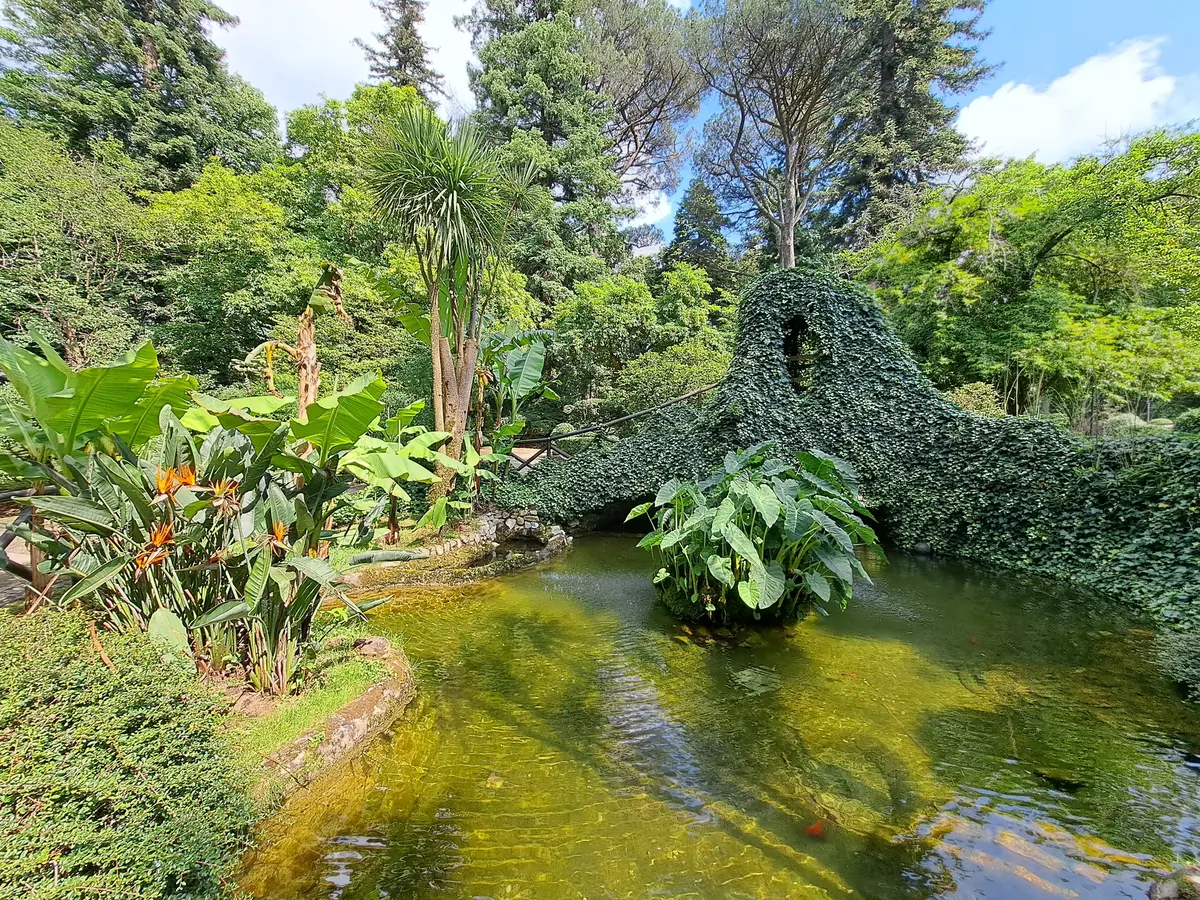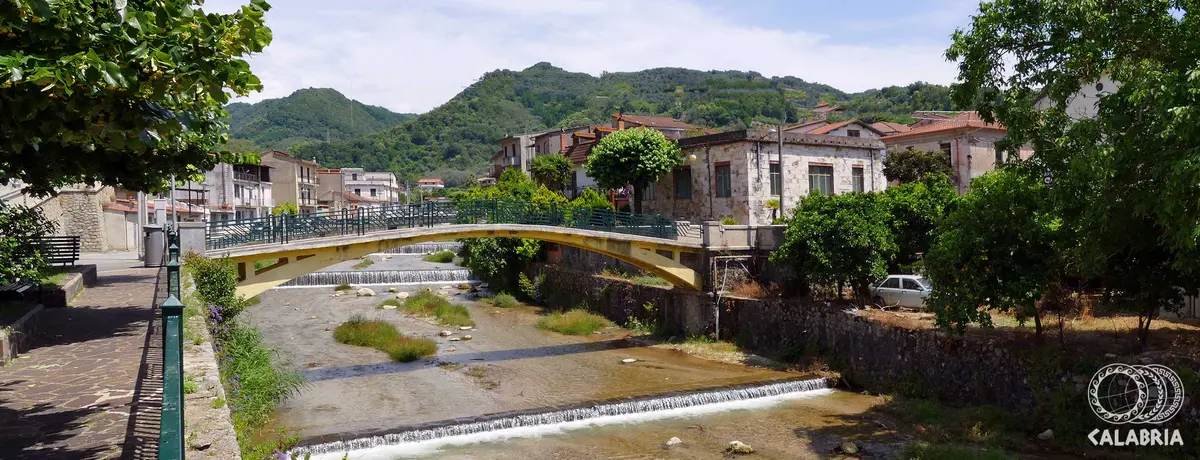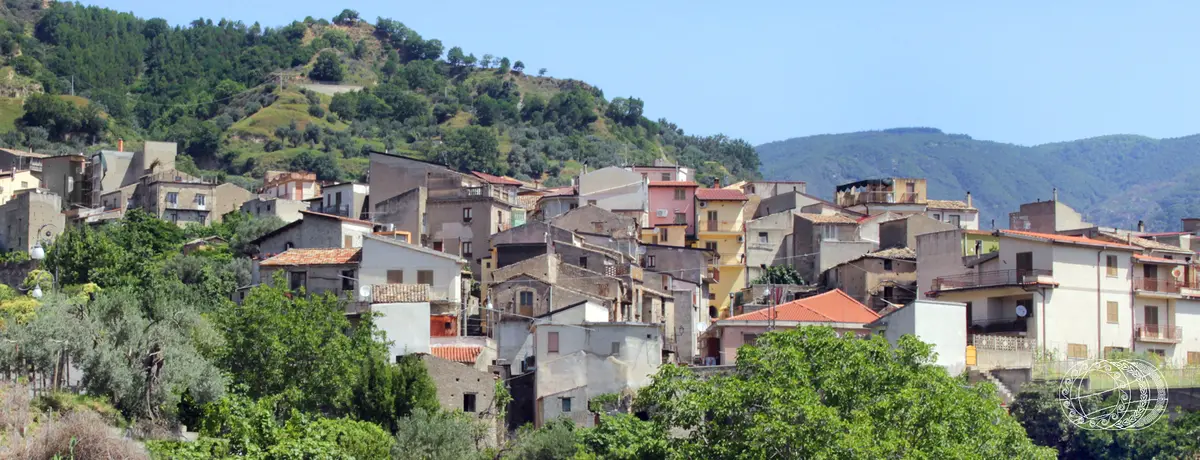Cittanova
Cittanova, the origins of the town of stockfish

Town
Regione Calabria
Cittanova is located at the foot of the Aspromonte in the province of Reggio Calabria.
Cittanova's original urban layout dates back to the 1600s. The origins of its citizens, however, are much more ancient and they come from the people, generally peasants and shepherds but also traders and inn keepers, existing both in the “Fondaco” (a small residential area that still today preserves a main street with the same name), as along the strip that stretches between contrada Catena and contrada Cerchieto, passing through Torre.
The entire ensemble was known by the name of Casal Novo, already around the mid XV century. Today Cittanova is known as the “città dello Stocco” (town of Stockfish).
“Pesce stocco” is a preserve of stockfish which constitutes the base of many dishes of Calabrian cuisine and specially, those of Cittanova.
“Pesce stocco” is a preserve of stockfish which constitutes the base of many dishes of Calabrian cuisine. The processing of stockfish is entirely manual and artisan, is divided into five different steps, carried out in within a timeframe of five days. Water is quite important for the successful production of the final product. Water which flows from many sources of Aspromonte, in fact, has a specific chemical-physical composition, being rich in substances with a low mineral content, which combined together determine the perfect maturing of the "stocco" during the soaking stage and enhance its taste. Cittanova’s tradition wishes, almost as if it were a precept, for families to eat “stocco” on Good Friday and on Christmas Eve. Another local tradition is to give “Stockfish” as a gift. In fact, many emigrants, when return from their holidays, bring some with them both to as gifts as for personal consumption. The "Festa Nazionale dello Stocco” (National Feast of Stockfish) takes place during mid-August in Cittanova and attracts many visitors who are fascinated by the quality of this product and endless culinary uses.
Villa Comunale
Villa Comunale is an important national monument of Cittanova. Called Cittanova’s “Salotto Verde” (green living room), it represents a specific and highly successful example of the marriage between plant species that differ botanically and ecologically-speaking. The Villa is divided into two parts: the Villa itself, which is home to the bust of Carlo Ruggero, the monument to the writer Alberto Cavaliere and a bronze statue dedicated to the fallen; the outdoor gardens, constituted by four triangles separated from each other by two crossed paths, at the centre of which there is a large fountain. Located in an area with deep soil and relatively high environmental humidity, the villa enjoys soil and climate conditions that have allowed the development of a luxuriant vegetation of essences typical of the Mediterranean area, including the holly oak, the domestic pine, bay leaves and strawberry tree are the most typical representatives. The Villa also houses plants of exotic origin, such as the majestic cedars of Lebanon, Atlantic cedars and sequoias of California, unique specimens in Italy.
A strong scientific imprint is offered at the Villa from specimens of Cycas revoluta. Similar to palm trees in appearance but in reality quite different from the point of view of evolution since they date back to the Jurassic and are therefore evidence of its ancient flora. The basic idea of the villa’s designer was to welcome visitors with a typical Italian renaissance garden with boxwood hedges embellished by some volume grown on vertical lines. This is without a doubt an environmental and natural site of great value, a botanical garden of exceptional beauty and rarity; the most impressive green lung of the Gioia Tauro.
Churches
The Chiesa Matrice (main church), dedicated to St Jerome, was built a few years after the earthquake of 1783 and has a nineteenth-century architecture, with pseudo-baroque forms. Originally it had a single nave, subsequently two aisles were added, and it was rebuilt in the neoclassical style. Outstanding works housed by the church include a wooden crucifix of 1600s; a wooden Pietà of 1866, the work of Francesco Biangardi; two eighteenth-century statues by Domenico De Lorenzo; the "Varett" by Francesco and Vincenzo Biangardi; and a statue of the Virgin, by Michele Guerrisi. The first stone of the Shrine of Our Lady of the Rosary was laid in 1823, in the same place where there was a small church dedicated to the Madonna del Rosario (Our Lady of the Rosary), destroyed by the earthquake of 1783. The façade is tripartite, flanked by two bell towers a square tower with hexagonal domes in the form of a cusp. The façade featured a cross, work of the Master D. Greco di Serra San Bruno, while the recess between the two bell towers houses a white marble statue of the Madonna with Child, a work by the sculptor Francesco Jerace. Inside the church visitors can admire neoclassic decorations to stucco-work made by the Morani and the ceiling frescoes by master Colloca; the transept features four frescoes by Brunetto Aloi.
Civic Museum of Natural History
The museum, inaugurated in 1996, includes: a section on petrography and mineralogy (samples of rocks of Aspromonte and Sicily and over 200 minerals of various origins); the zoology section, divided into the vertebrates section (with about 1,500 finds) and invertebrates (with over 500 marine invertebrates from exotic locations and the Mediterranean); the palaeontology section (fossils of invertebrates and plants of various ages and backgrounds); the botany section (that explains the evolution of the plant world and studies the area and the environment by analysing the flora present in the Aspromonte National Park); the mycology section (which includes 200 finds of mycetes made in resin at an artisan laboratory, belonging to Aspromonte and Italy in general). A naturalistic diorama reproduces the peculiarities of the fauna and flora of Aspromonte National Park.
Elegant buildings
From an architectural point of view, Cittanova boasts some aristocratic buildings characterised by beautiful portals of outstanding workmanship. Palazzo Palmisani-Gentile, built at the beginning of the eighteenth century, was composed of 17 rooms and 3 main entrances. It was destroyed almost entirely by the earthquake of 1783, except the central part that, although damaged, was later restored. Palazzo Adornato was built during the second half of the eighteenth century. Partially destroyed by the earthquake of 1783, it was renovated in 1804 and used as a convent. Subsequently, it was occupied in turns by the town hall and the district court. Palazzo Tarsitani was built before 1783 and destroyed by the earthquake of the same year. Rebuilt in 1800, it had two floors with a central main entrance and two towers placed at the two upper stories of the building. Palazzo Scionti was built during the first half of the Nineteenth Century and during the second world war it was occupied by the “Lupi di Toscana” (Tuscany wolves) battalion command; an artillery command. From the second half of 1943 and throughout 1945, the second floor was occupied by war refugees.
No result







